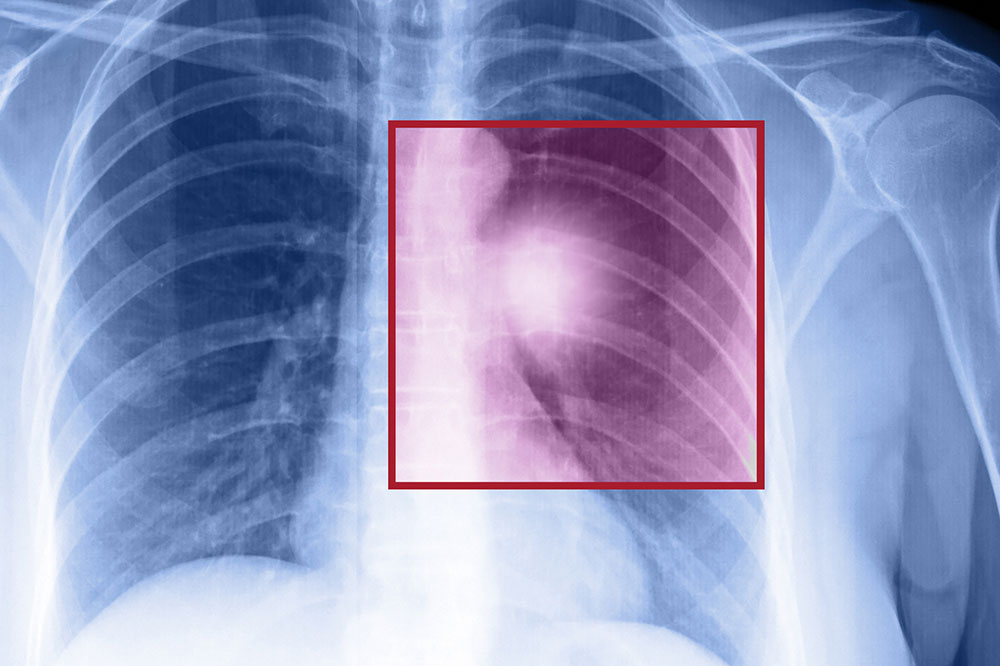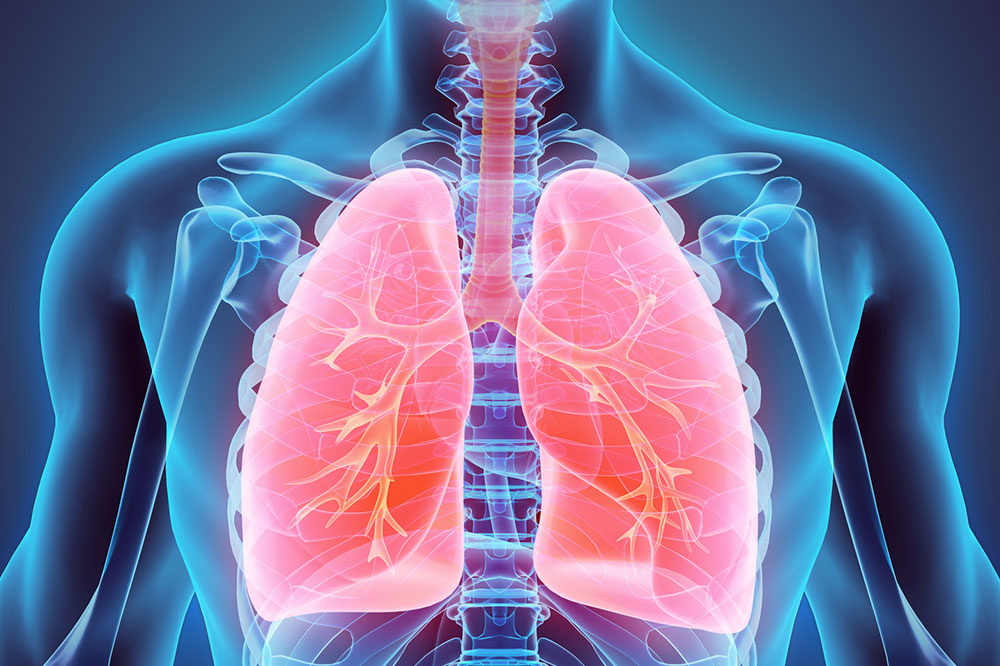Comprehensive Guide to Lung Cancer: Types, Symptoms, and Underlying Causes
This comprehensive article offers an in-depth look at lung cancer, detailing its various types, symptoms, causes, and risk factors. It emphasizes early detection, the importance of quitting smoking, and understanding environmental risks to prevent or manage the disease effectively. Suitable for anyone seeking detailed information on lung health and cancer prevention.

An In-Depth Overview of Lung Cancer: Types, Symptoms, and Causes
Lung cancer is a serious and often deadly disease that originates from abnormal growth of cells within the lung tissues. It is one of the most common types of cancer worldwide, responsible for a significant number of cancer-related deaths each year. The disease predominantly affects individuals who have a history of smoking, but non-smokers are also at risk due to environmental and genetic factors. This extensive guide aims to shed light on the critical aspects of lung cancer, including its various types, the symptoms to watch out for, and the primary causes and risk factors associated with its development.
Recognizing the Symptoms of Lung Cancer
Detection of lung cancer often poses a challenge because, in its early stages, it tends to be asymptomatic, meaning patients may not exhibit any overt signs of illness. Therefore, awareness and vigilance are crucial, especially for individuals in high-risk groups. As the disease progresses, symptoms become more apparent and can significantly impair quality of life. Common indicators include persistent coughs that do not resolve over weeks, chest pain that can range from mild discomfort to severe pain, and difficulty breathing or shortness of breath. Hemoptysis, or coughing up blood, is a serious symptom indicating possible tumor invasion or damage to blood vessels within the lungs. Unexplained weight loss, ongoing hoarseness, persistent bone pain, and chronic headaches are also associated with advanced lung cancer. Prompt medical consultation is essential if any of these symptoms are observed, as early diagnosis can improve treatment outcomes.For smokers or those unable to quit, consulting healthcare professionals for smoking cessation programs can significantly reduce risk factors. Quitting smoking remains the most effective measure to prevent lung cancer and improve overall lung health.
Types of Lung Cancer
Understanding the different types of lung cancer is essential for diagnosis and treatment planning. Lung cancers are primarily classified into two broad categories based on their cellular structure and growth patterns:
Non-small cell lung carcinoma (NSCLC): This is the most common type of lung cancer, accounting for approximately 85% of cases. NSCLC includes several subtypes such as squamous cell carcinoma, adenocarcinoma, and large cell carcinoma. Each subtype varies in its behavior, growth rate, and response to treatment, but generally, non-small cell lung cancers tend to grow more slowly than small cell variants.
Small cell lung cancer (SCLC): Also known as oat cell carcinoma, SCLC is less common but more aggressive. It tends to spread rapidly and is strongly associated with heavy smoking. Because of its aggressive nature, SCLC often requires prompt and intensive treatment approaches.
Understanding Risk Factors and Causes of Lung Cancer
Several factors contribute to the development of lung cancer, with some being modifiable and others beyond individual control. Recognizing these can help in adopting preventive strategies:
Genetic predisposition: Individuals with a family history of lung cancer are at increased risk due to genetic factors that may influence cell growth and repair mechanisms.
Radon exposure: Radon is a naturally occurring radioactive gas that seeps into homes from soil and water sources. Long-term exposure to high radon levels significantly raises lung cancer risk.
Chemicals and asbestos exposure: Occupational exposure to carcinogenic substances like asbestos fibers, arsenic, chromium, and tar-based products increases the risk frontline.
Radiation exposure: Previous radiation treatments to the chest area, often used for other cancers, can elevate the probability of developing lung cancer later in life.
Smoking and secondhand smoke: Cigarette smoking remains the leading cause of lung cancer. Even passive exposure to secondhand smoke can dramatically elevate risk levels. Quitting smoking reduces the likelihood of developing the disease, and it can also improve the prognosis if already diagnosed.
If you recognize these risk factors within your lifestyle or environment, consulting healthcare professionals for preventive measures and screening tests is highly recommended.
The Underlying Causes of Lung Cancer
Smoking is by far the most significant cause of lung cancer, accounting for approximately 85% of cases. Tobacco smoke contains thousands of chemicals, many of which are carcinogenic—meaning they have the ability to cause cancer. These carcinogens damage the DNA within the lung cells, leading to mutations and abnormal cell growth. Repeated exposure to these harmful substances overwhelms the natural repair mechanisms of the body, resulting in irreversible genetic damage that can develop into malignant tumors. Non-smokers can also develop lung cancer, often because of secondhand smoke exposure, environmental pollutants, or occupational hazards. Additionally, genetic mutations, environmental toxins, and prior radiation treatments can also contribute to lung carcinogenesis. It is crucial to understand that the risk of lung cancer increases with cumulative exposure to carcinogens, emphasizing the importance of preventative measures such as smoking cessation and minimizing environmental exposures.Early detection and lifestyle modifications remain key in preventing lung cancer and improving prognosis for those affected. Regular screenings, particularly for high-risk individuals, can catch the disease at an earlier, more treatable stage, ultimately saving lives.





